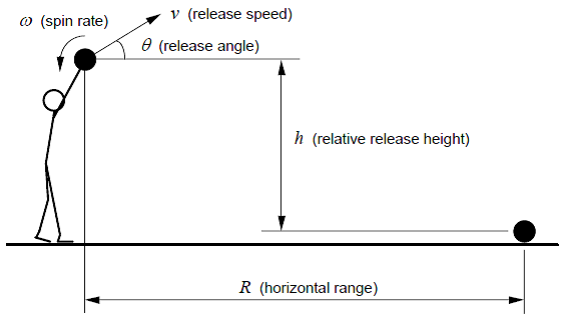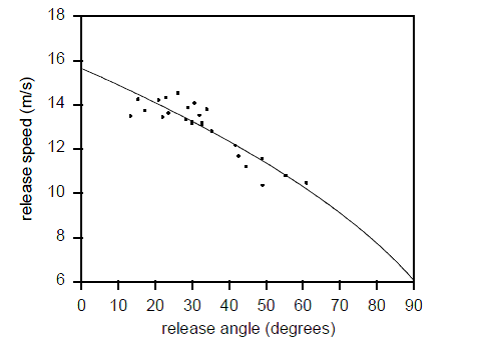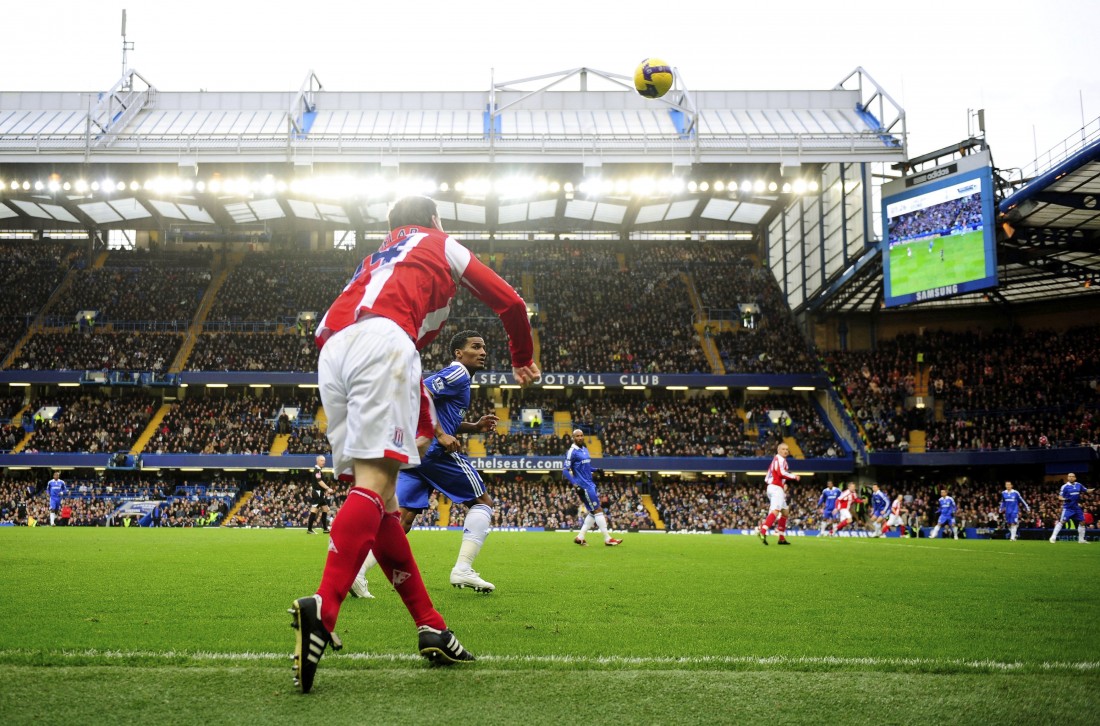Recently I made the decision to go back to school, and as part of the coursework, I was required to take an Advanced Biomechanics course, in which I am presently enrolled. Our latest assignment for this course was to choose a sports movement that involves the upper body, and to analyse the movement from a biomechanical perspective – that is, what muscles cause the movement, what different types of movements combine to form the movement, and what can an athlete do in order for the movement to be executed efficiently.
For this assignment, I decided to examine what I believe to be the “forgotten movement” in soccer, the throw-in.
Honestly. Think about it – when was the last time you actually thought about throw-ins?
If you’re a player, you probably fall into one of two categories with regards to your opinion about throw-ins. You either completely ignore technique in favor of getting the ball as quickly as possible to an open player, or alternatively, you throw for maximum power, in an attempt to advance the ball as far forwards as possible.
Players who fall in the first category – i.e. those who ignore throw-in technique – may not necessarily want to continue reading. If, however, maximum throw-in distance is your objective, then the insight I was able to gain from my recent project will definitely be of interest to you.
In my report, I summarized the findings from a recent study by Linthrone & Everett (2005), that used 2-D video to investigate which release angle (the angle formed between a horizontal line in the centre of the ball – the x-axis – and the line of trajectory of the ball, when it is in flight), allowed for maximum throw-in distance. The diagram below (reprinted from the study) provides a visual representation of the throw-in technique, including the release speed (“v”); the release angle (“θ”); the relative release height (“h”); and the horizontal range of the throw-in (“R”).

Researchers had subjects attempt throw-ins from release angles ranging from 10° to 60°, in 5-10° increments. The results of their study indicated that a release angle of approximately 30° was most effective at maximizing the total distance of the throw-in. This is because the relatively lower release angle (30°, as opposed to a larger angle of 45°) allowed for significantly greater release speed which, when factored into the equation, made the ball travel further. The next figure below (also reprinted from the study) depicts the relationship between release angle, and release speed. As you can see, higher release speeds were achieved with relatively lower release angles, and the highest release speeds were achieved with a release angle of approximately 30°.

Based on the results of this study, a take-home message for soccer coaches and players is that, if they wish to achieve maximum distance in their throw-ins, they should try to shorten their release angle. This can be done by slightly lowering the shoulders, and aiming to make the ball travel a bit more forwards and a bit less upwards. This slight tweak in throw-in technique will allow players to maximize their release speed, thereby increasing the distance of their throw-ins.
I hope you enjoyed this article and as always, welcome your feedback. Drop me a line here to get the conversation started.


Leave A Comment